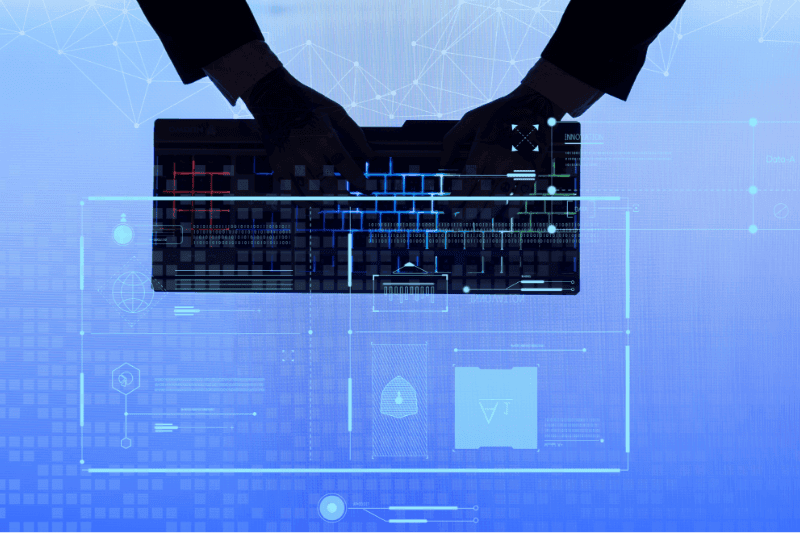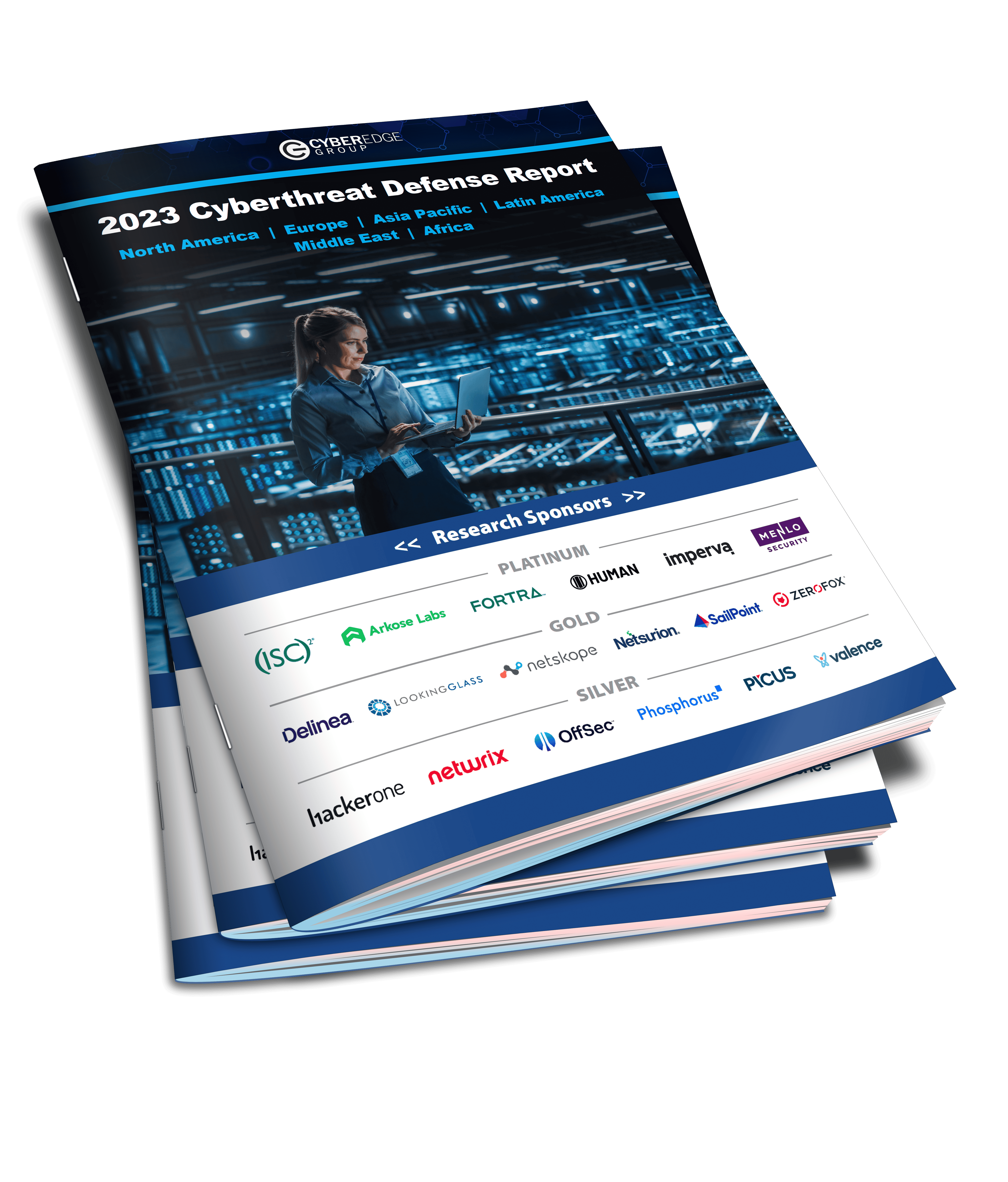Advanced Persistent Threat (APT): An Analysis of a Stealthy Cyber Threat
Cyber threats are increasingly sophisticated, persistent, and damaging. Advanced Persistent Threats (APTs) are among the most dangerous forms of cyberattack, capable of breaching even the most robust security systems. Here, we'll provide a comprehensive overview of APTs, discuss some common characteristics of APT attacks, their techniques and attack vectors, and the measures necessary to defend against them.
What is an Advanced Persistent Threat (APT)?
An Advanced Persistent Threat (APT) refers to a stealthy and continuous cyberattack carried out by highly skilled and motivated threat actors, often nation-states or criminal organizations. Unlike traditional cyber threats, APTs focus on compromising targeted systems for a long period of time, aiming to gain unauthorized network access, extract sensitive information, or cause significant damage without detection.
According to NIST, some APT attacks are so complicated that they require around-the-clock rewriting of the code by an administrator. Once an attacker gathers enough information about the targeted network, he can create a back door, which is a way of bypassing security mechanisms in systems, and gain undetected access to the network. APTs can use a variety of techniques, such as social engineering, malicious software, and zero-day exploits, making them difficult to detect.

APT Characteristics
Typical characteristics of an advanced persistent threat include a very stealthy, long-term approach and social engineering techniques meant to exploit human vulnerabilities.
Stealthy Approach and Long-Term Focus
The stealthy approach and long-term focus are critical characteristics of advanced persistent threats. After gaining initial access, attackers are not interested in immediate gain but rather the information they can gather over time. APTs often have the backing of nation-state actors or well-funded criminal organizations that have the resources and patience to carry out these attacks. As a result, detecting and preventing APTs requires advanced security measures, including threat intelligence, behavioral analytics, and endpoint detection and response solutions.
Social Engineering Techniques
APT attackers often use social engineering techniques to gain access to sensitive information or systems. These techniques can be incredibly effective, as they prey on human vulnerabilities and emotions instead of technical weaknesses. Spear phishing emails, for example, are a common method for APT attackers to trick victims into providing their credentials or other sensitive information. Attackers may also use fake social media accounts to gather intelligence and build trust with their targets. It's important for large organizations to educate their employees about these techniques and encourage them to be vigilant about suspicious messages or requests.

How Do APT Attacks Work?
The multi-stage approach of APT attacks enables them to remain hidden in plain sight for months or even years. Additionally, an intruder will continuously adapt their tactics and techniques as they progress through each stage of the attack, including the infiltration stage, the lateral movement stage, and the exfiltration stage. As a result, organizations must implement robust security measures that can detect and prevent APT attacks at every stage of the process.
Infiltration Stage
The first step in an APT attack is the infiltration of a target network. This is often achieved through the use of Trojan malware, which disguises itself as legitimate software or files, deceiving users into executing them. Once inside, APT actors create hidden backdoors, providing them with persistent access even if the initial entry point is discovered and patched. To defend against APT attacks during this stage, organizations can implement security measures such as firewalls, intrusion prevention systems, and employee training programs.
Establishing a Foothold: Network Access and Lateral Movement
Once a foothold is established, APT actors begin reconnaissance within the target network. They seek to gain elevated privileges, escalate their access, and move laterally through the network to reach valuable assets. Attackers employ various sophisticated techniques, including privilege escalation exploits, password cracking, and social engineering, to gain control over critical systems. They may leverage rootkits, malicious tools that provide stealth and persistence, to modify system processes, hooks, and drivers, allowing attackers to hide their presence and activities from security tools and administrators.
APT actors also exploit software vulnerabilities to gain control over systems or escalate their privileges, increasing their ability to move laterally within the network. At this stage, organizations should have strong access controls and monitoring systems in place. Organizations must track user behavior and also adopt a least-privilege model that allows users only the minimally required permissions to perform their jobs while preventing unchecked access rights from being granted that could lead to increased exploitation risk.
Exfiltration Stage
As the final stage of an advanced persistent threat attack, exfiltration is often the most critical and dangerous aspect. During the exfiltration stage of an advanced persistent threat attack, APT actors aim to steal sensitive information by using sophisticated methods such as email, cloud storage, or removable media. Adversaries can operate in stealth mode for a long time, allowing them to extract large amounts of data before being detected. To mitigate the risk of exfiltration during an APT attack, a multi-layered approach should include endpoint protection, network security, and user training.
Download the 2023 Cyber Threat Defense Report Now
Types of Advanced Persistent Threats
APTs can be categorized into distinct types based on their objectives and methods. One such type is cyber espionage, which involves the theft of sensitive business or government information. Another type is ransomware attacks, which often result in financial damages for targeted businesses. Credential theft is yet another type of APT attack that seeks to compromise login credentials for high-value targets. Watering hole attacks and supply chain attacks are also common types of APTs that rely on different strategies to achieve their goals. Other types of APT attacks include:
Nation State APT
Nation state APT attacks are often highly sophisticated, backed by significant resources, and designed to achieve political or economic gain on behalf of a nation state. Nation-state APTs use a range of techniques to infiltrate their targets, including social engineering tactics that exploit human vulnerabilities. The Fancy Bear APT group, also known as APT28, is one of the most notorious state-sponsored threat actors. This Russian-based group has been linked to various high-profile cyber espionage campaigns, targeting governments, military organizations, and political entities worldwide. Its tactics include spear-phishing, exploiting vulnerabilities, and deploying custom malware for persistent access.
Criminal APT
Criminal APTs are on the rise as cybercriminals continue to develop new and sophisticated methods for stealing sensitive information. These attacks are often financially motivated, with hackers seeking valuable banking credentials or intellectual property. Additionally, some attackers may target third-party vendors as a backdoor into their clients' networks, making it even more challenging to protect against these types of attacks.
Hacktivist APT
Hacktivist APTs are a unique kind of advanced persistent threat as they are not motivated by financial gain but rather social, political, or ideological causes. These attackers can be very well organized and often use tactics like DDoS attacks and website defacement to disrupt their targets' operations and reputation. Hacktivists may also steal sensitive data or leak confidential information to the public, causing significant damage to an organization's brand image.
Detecting and Preventing APT Attacks
When it comes to advanced persistent threats, prevention is key. Implementing multi-factor authentication and encryption can help protect against APT attacks. By using intrusion detection systems to monitor networks and conducting regular security assessments, you can detect vulnerabilities in your system before attackers do. Regular software updates and network segmentation can also help minimize the risk of APT attacks. But prevention isn't just about technology; it's also about people. Training employees on security best practices and implementing strict access controls are essential components of any APT defense strategy. By taking a multi-layered approach to security, you can significantly reduce your organization's risk of falling victim to an APT attack.
Network Segmentation
Network segmentation is a vital technique for reducing the risk of advanced persistent threat attacks. By dividing a computer network into smaller subnetworks, segmentation limits the scope of an attack and makes it more challenging for hackers to move laterally across the network. This process can be achieved through firewalls, VLANs, or the physical separation of networks. However, it's essential to monitor and manage access control lists on each segment to prevent unauthorized access. Regular vulnerability assessments and patch management can also help prevent APT attacks by identifying and addressing vulnerabilities in the system.
Regular Monitoring and Software Updates
Regular monitoring of network traffic and system logs can help detect APT attacks early, enabling organizations to respond quickly and minimize damage. Training employees on how to identify and report suspicious activity can also help prevent APT attacks. Implementing a layered security approach, including firewalls, intrusion prevention systems, and endpoint protection, can provide additional protection against APTs.
Employee Training and Awareness Programs
Developing employee training and awareness programs is crucial for preventing advanced persistent threat attacks. Employees are often the weakest link in cybersecurity, as they may inadvertently click on a malicious link or download malware.
To combat this, organizations should invest in regular training programs to educate employees on the latest threats and best practices for cybersecurity. This can include simulated phishing attacks, which test employee readiness and help identify areas for improvement. Additionally, awareness programs can cover topics such as password management, security protocols, and the importance of reporting suspicious activity.
By implementing these programs, organizations can significantly reduce their risk of falling victim to an APT attack. However, it's important to remember that training should be an ongoing process; new threats emerge all the time, and employees need to be prepared to face them.
How Arkose Labs Can Help
Bot management plays a vital role in helping organizations detect and prevent advanced persistent threats. The Arkose Labs bot management solution can effectively identify and neutralize APTs, safeguarding organizations from significant data breaches and financial losses.
Arkose Labs Bot Manager is a powerful defense mechanism against advanced persistent threats. By employing behavior analysis, machine learning, and threat intelligence, it can efficiently detect and prevent APTs, safeguarding critical data and infrastructure from malicious actors. Arkose Labs can even detect emerging APT techniques and behaviors, allowing your security team to stay one step ahead of the attackers.
Want to learn more about how to prevent advanced persistent threat attacks?
Book a demo today!

